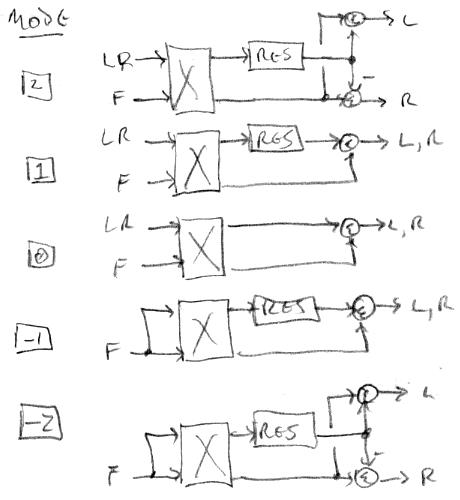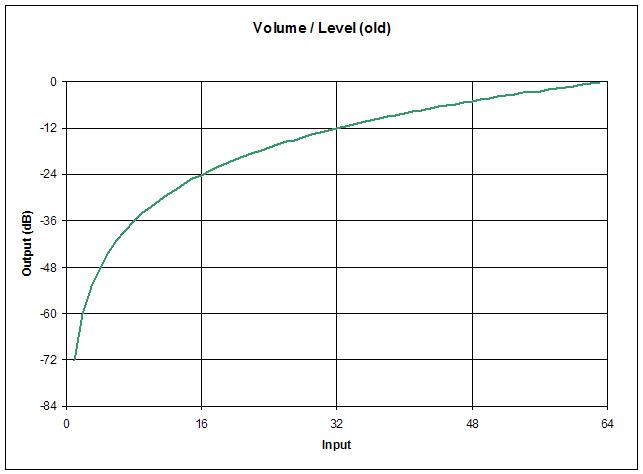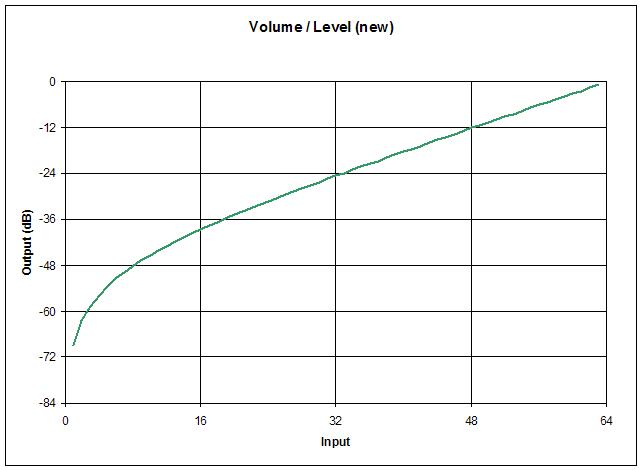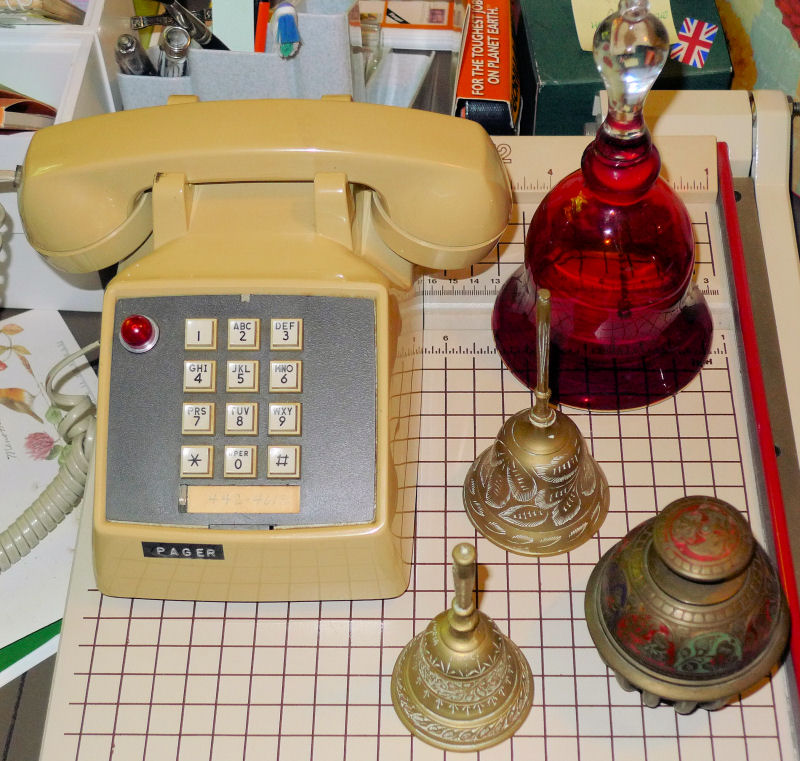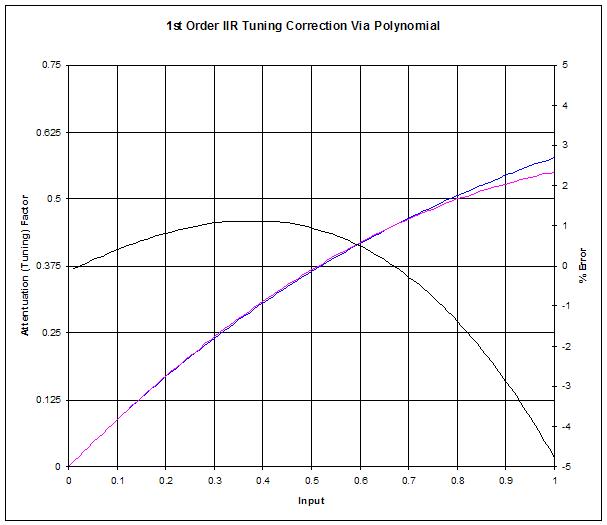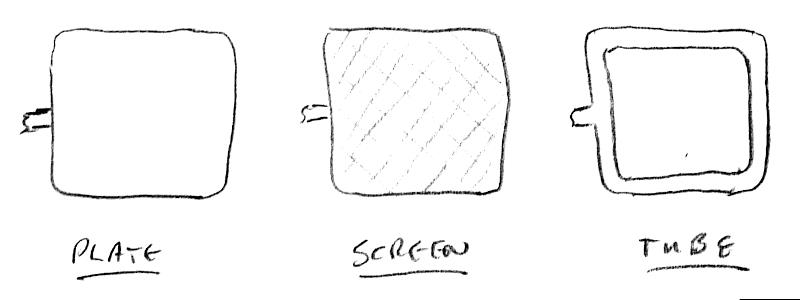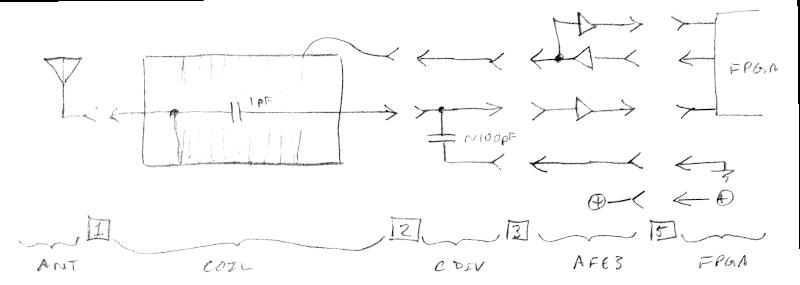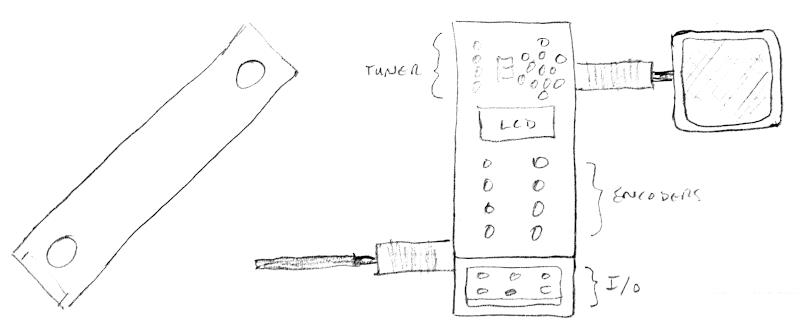"dewster, dont worry, we are all the men in years, with an upper bound of 10-12 kHz" - ILYA
Ha! Yes, sadly true. Particularly lately, as my left ear has some kind of middle ear fluid buildup from summer allergies, killing what HF response there is left. For some reason, losing part of one ear's response seems worse than losing 1/2 of one's entire hearing ability. But I worry about the younger set hearing things I don't, or expecting things that aren't there. Like when I went to live rock concerts as a youth, the mixing guys were all HF deaf due to over-exposure, so they boosted the treble like a maniac to compensate - really unpleasantly harsh to listen to, and I don't want to be that guy obliviously dolling out poor sonic experiences.
"In my filtering spreadsheet I'm seeing anything significantly above ~4kHz not behaving all that "scientific". High Q peaking gets really droopy, and the center frequency of the peak is significantly in error. For example, setting it for 7kHz and infinite Q (damping = 0) I see a ~6kHz peak of only a couple of dB. So if we made the top frequency 8kHz the entire top octave would have increasing error as the setting approaches the top." - me, above
There must be something wrong with my spreadsheet sim as I just converted all the filters to A8 max and they're working like champs with gobs of Q even at A8 (7040 Hz), and Audition tells me that the resonant frequencies are dead nuts to what is displayed on the LCD. There is one double detent frequency at 29Hz, but who cares. Now to convert the oscillators, the tuner, and the pitch correction (and all of the presets...).
[EDIT] All done with the SW edits! The filter polynomials needed jiggering, as did the oscillator anti-alias polynomial, thought the oscillator anti-alias LUT was fine as-is (thank god). The oscillator frequency scaling need a touch-up, as did the tuner offset. It was considerably easier than I thought it would be, but everything is pretty modular at this point. Made a table in Excel to assist with old => new filter frequency conversions, just need to apply it to my presets and back them up to my PC. The lower octave going down to ~16Hz was fairly useless (so good riddance), and the extra ~3kHz of headroom for formants and oscillator operation is quite welcome. It's this fundamental stuff that is totally worth revisiting when the overall design feels like it's wrapping up. I'm running out of issues to address, and I suppose that's a good thing, but it means I need to refocus my efforts to cabinetry and developing more presets.



